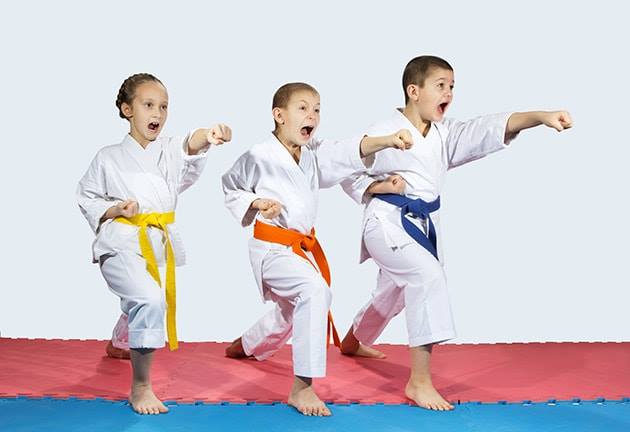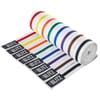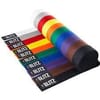Junior Jujitsu Classes & Grading System

Teaching our Juniors and watching them develop into confident young adults is very important to us at Torii Jujitsu.
"We try to provide a safe and friendly environment free from discrimination or prejudice, where students of all ages and abilities can learn practical self defence skills.
It is especially important to us that children and young or vulnerable adults feel safe and are properly supported when attending our clubs. To this end we strictly follow the best practice guidelines set out by NAKMAS, our governing body.
Every instructor is full insured, undergoes an Enhanced Disclosure DBS check and is fully aware of their responsibility to safeguard all young or vulnerable students who attend our classes.
We also encourage parents and guardians to come along to support during training sessions and Gradings. This is especially helpful for our younger students who sometimes benefit from a little extra encouragement from a familiar face.
Jujitsu, by its very nature, can be a physically demanding martial art, so club safety is of paramount importance in order tp protect all students and instructors alike.
new students are always made aware of club safety rules as part of their training.
All senior instructors are qualified first aiders.
Our overriding aim is to make our clubs inclusive to all, where students have the best opportunity to study jujitsu and most importantly, have fun"
Sensei David Thompson Welfare Officer
THE JUNIOR GRADING SYSTEM
The Junior syllabus is tailored to suit the needs of Children and differs in some way from the Seniors.
It is broken down into more manageable chunks and our juniors are graded more frequently to maintain their interest.
At Torii Jujitsu we recognise that our Juniors ability to learn and pick up techniques will vary from child to child.
We do, however, feel that our students do need to be recognised and rewarded for their efforts whether or not they find the process easy or challenging.
With this in mind we have developed a Junior Grading System which hopefully reflects this.
Each belt has 3 possible outcomes depending on how much your child can show us that he or she has learnt in class.
Essentially the more of the syllabus that is demonstrated correctly the more of the belt is “Coloured in”
As a rough rule of thumb if the student can demonstrate a good grasp of up to about 1/2 the syllabus they will earn themselves a white belt with a single band of colour running through it ( Fig 1 )

Fig 1
If they can demonstrate, correctly, two thirds of a syllabus they will earn a belt with 2 bands of the colour running through it ( Fig 2 )

Fig 2
If all the syllabus is demonstrated to the correct standard then a full colour belt is awarded ( Fig 3 )

Fig 3
This means that even a students who have not been attendeing classes for very long or those who have not yet fully understood a complete syllabus can stll be assesed and recognised for their efforts so far.
Sensei Keith Power 7th Dan Black Belt


